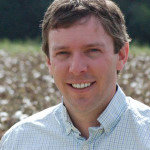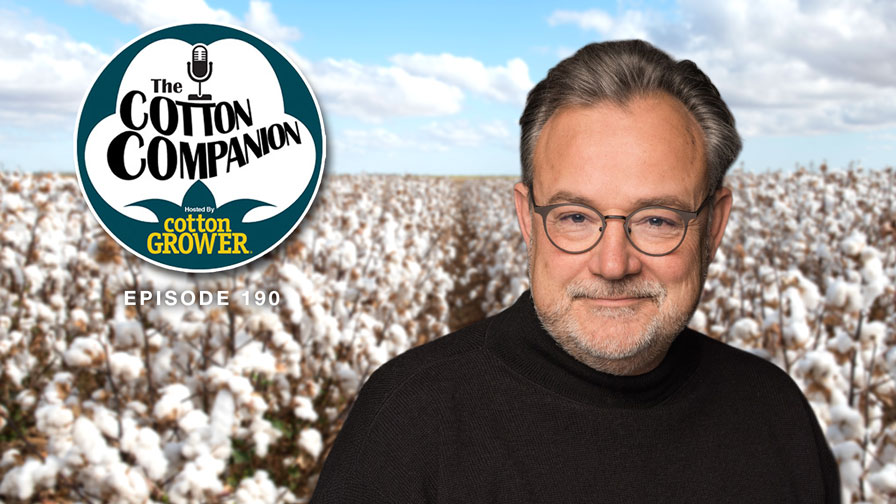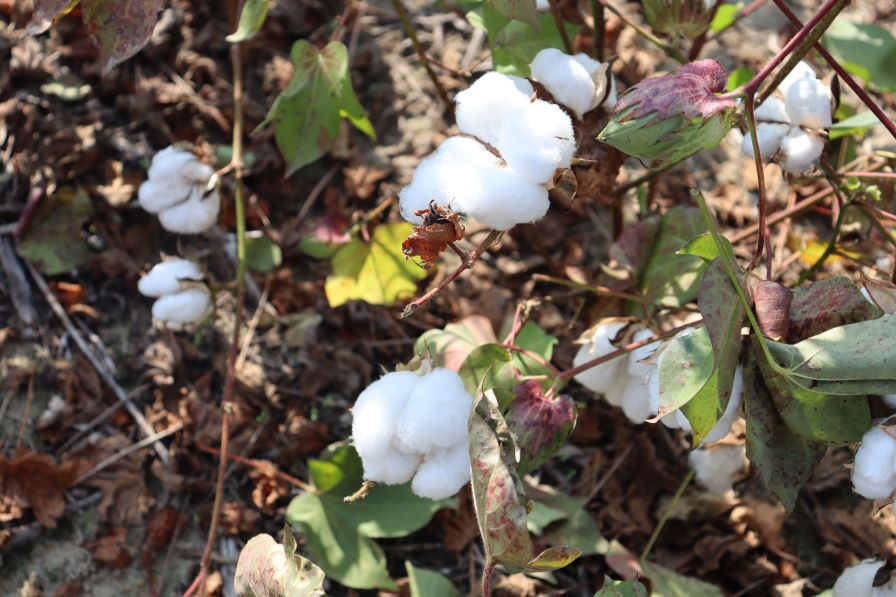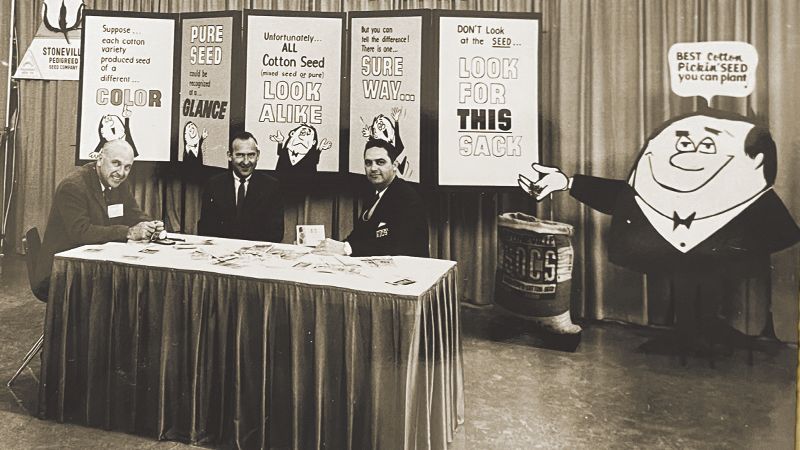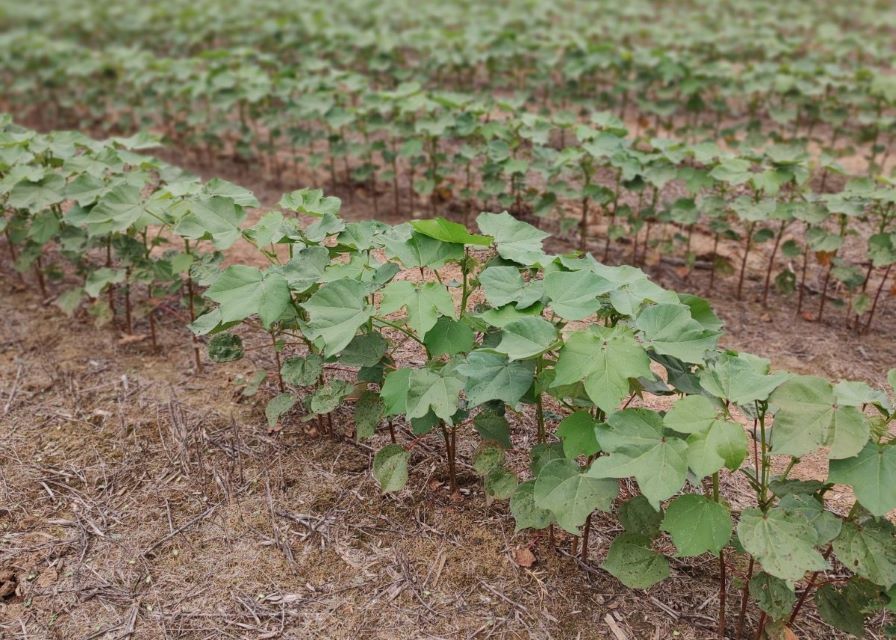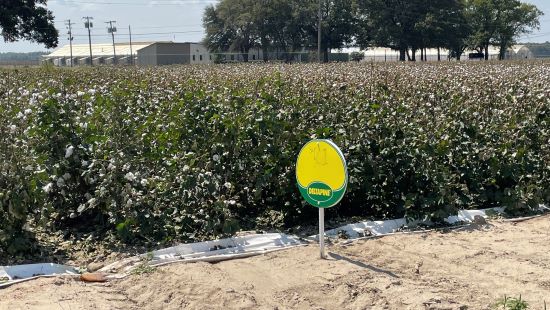Lessons from Cotton’s Antique Alley
Jay Mahaffey’s job as Science Fellow at the Bayer Learning Center in Scott, MS, is to help answer all sorts of agronomic questions about cotton, corn, and soybeans — primarily cotton. And that’s good, because, most importantly, he always wants to know why.
“I don’t necessarily accept much at face value,” he says. “I want to know the details.”
With 400 acres at the ancestral home of Delta and Pine Land Company, he has plenty of room to explore those details. So, when he was approached about seed increases for some historically successful, non-traited cotton varieties, he was intrigued.
“I was just going to plant them in the field and show those older products to growers,” he says. “I thought it was neat, because every cotton farmer remembers varieties like Sure-Grow 125 or Deltapine 50.
“Well, it grew into something bigger than that.”
It grew into what’s been dubbed as Antique Alley — a 2023 study featuring seven vintage cotton varieties from the mid-1990s and seven recent cotton varieties from 2020/2021 planted in one research plot to evaluate the growth, fruiting profile, fiber quality, and yield characteristics of two varietal cohorts from different eras of cotton production. The experiment also attempted to measure the potential influence of PGR use on variety performance by production era.
In a recent interview on Cotton Grower’s Cotton Companion podcast, Mahaffey discusses what they did, what they learned, and what’s ahead for the project.
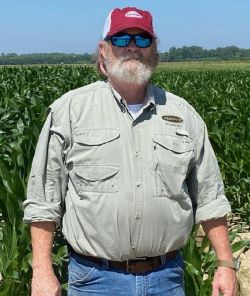 Jay Mahaffey
Jay Mahaffey
CG: Why Antique Alley?
Mahaffey: “Cotton is a crop that changes as each generation of products is introduced. We have to characterize the behavior of the variety. We have to learn how it responds to PGRs [plant growth regulators]. We have to take into consideration the biotech traits that have been introduced in those products.
“Cotton has seen some radical changes in the way we produce the crop. I think about my experience in the late 1980s and early 1990s when boll weevils and tobacco budworms were our primary concern. Every-thing we did in the cotton field was meant to make the cotton earlier, even if we had to sacrifice yield at the time because we had to evade late-season insects due to resistance.
“New biotech traits were a radical change in our insect control system. When Bollgard was introduced into some mid-to-later season type of genetics that were much more indeterminate, it required a different sort of management. I wanted to see if we could identify how the cotton plant has changed or not changed in response to the breeding efforts and biotech tools that help us protect the fruit.”
CG: How Was the Study Done?
Mahaffey: “There were a couple of qualifiers about the season. First, this is one experiment done in one location in one year and in one environment. It was one of those years where we did not see tremendous response from PGRs in any of the varieties, old or new. What it did allow, though, was [for us] to evaluate these varieties and their yield potential in a very, very high-yielding environment.
“Over the past three to four years, I’ve created a system we call the bollometer. It’s essentially a way to quickly and positionally map cotton. You basically pick every boll off by position and by node and document yield accumulation up and down the cotton plant. This system allows us to do it in about a quarter of the time it historically took. We mapped all of these plots and looked at all sorts of relevant factors when it comes to philosophically considering how we manage cotton this year and other years moving forward.
“I am not done with this study. It will be done again, probably in a field where I can have replication and randomization. But it will continue for sure.”
CG: Has the Study Created a New Cotton Plant Map?
Mahaffey: “I don’t think that was the original intent. But I think that’s been the outcome. It’s something the cotton world has wondered about. When you think about that publication (McCarty and Jenkins, Mississippi State University) from 1995, that’s the origin of the term money bolls. And the question has been for the last 25 to 30 years, did the money bolls move? The answer to that is sort of. I suppose the proportion of the bolls are in similar places, but you have a higher probability of having those bolls in most of the positions on the plant, if not all. You’re increasing the magnitude of where they were in the older data. So I guess it’s meant to be sort of a refresh.”
CG: What’s Next?
Mahaffey: “Through the breeding process and development of these varieties and the inclusion of biotech traits, we have developed a cotton plant that’s a better energy factory. If you have that energy going into the right places — in other words, not into excess vegetative growth — you have more energy available to set fruit. It’s really this cool story of scientific progress that can, if we can manage it correctly, increase our yields and our gross potential profit.
“Monitoring the plants and responding to what they do in the environment is more critical today than it’s ever been. That’s why we’re trying to do this type of work that kind of flows into a system so that hopefully we can respond when Mother Nature kicks us every once in a while.”
Bayer has published the findings from year one of the Antique Alley study. You can contact Mahaffey at jay.mahaffey@bayer.com to obtain the 33-page document available in PDF form.
Photos: Bayer Scott Learning Center
A few details about Year One of the Antique Alley study.
Varieties evaluated
Vintage (mid-1990s)
-
Sure-Grow 125
-
Deltapine 393
-
Sure-Grow 501
-
Deltapine 5415
-
DeltaOpal
-
Deltapine 499
-
Deltapine 6166
Newer (2020/21)
-
DP 2115 B3XF
-
DP 2012 B3XF
-
DP 2328 B3TXF
-
DP 2333
-
DP 2127 B3XF
-
DP 2038 B3XF
-
DP 1646 B2XF
Preliminary findings
Significant yield increase between systems with average yields increasing from 1,142 lb./A (vintage) to 1,921 lb./A (newer) — an increase of 779 lb./A which is likely attributed to a combination of genetic gain and PGR use.
Lint percent increased by 5.5% (vintage) to 5.8% (newer).
Probability of setting a harvestable first position sympodial boll (nodes 18 and below) was measured to have increased significantly from 30.3% (vintage) to 51.3% (newer). This increase in yield, lint percentage, and harvestable bolls below node 19 results in a potential gross revenue increase of $438.40 — or 69.2% more in gross revenue per acre when comparing vintage varieties to newer PGR-managed fields.
Source: Bayer Crop Science

